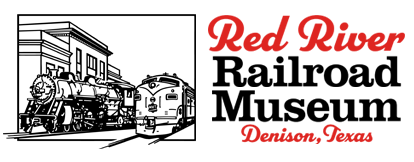The Great Depression remains an indelible mark on American history, affecting virtually every corner of the nation. But amidst the tales of sorrow and hardships, emerges a narrative of resilience, wanderlust, and the indomitable human spirit: the story of young men “riding the rails.”

The Backdrop: The Bleak Times of the Great Depression
The stock market crash of 1929 brought about unprecedented economic downturns that paralyzed the nation. Millions lost their jobs, and countless others lost their homes. For many, daily survival became a desperate search for food, shelter, and employment.
Young Men on the Move: The Rise of ‘Riding the Rails’
Faced with dwindling opportunities and a collapsing job market, many took to the rails in search of greener pastures. A significant segment of these rail riders were young men, full of vigor, seeking any opportunity they could find.
‘Riding the rails’ became their chosen method of migration. With no money to buy a ticket, they hopped onto freight trains, sneaking into freight cars or perilously clinging atop them. It was a dangerous practice – moving between cars could be fatal, and railroad police, known as ‘bulls,’ were often violent in their efforts to eject these trespassers.
A Community on the Rails
The life of a rail rider was fraught with challenges. From finding food to seeking shelter and dodging the authorities, every day was a test of endurance. Yet, amidst these trials, a unique community was born. Shared experiences led to friendships. Makeshift camps known as “hobo jungles” became communal spaces where stories, food, and dreams of a better tomorrow were shared.
what was The Hobo Code?
The Hobo Code was a unique system of symbols and signs developed during the late 19th and early 20th century, served as a secret language for hobos and drifters in the United States. These itinerant workers and travelers would inscribe messages for their fellow nomads, using simple markings on fences, posts, buildings, and sidewalks to communicate information about the surroundings. Whether signaling a safe place to sleep, warning about a hostile town resident, or pointing the way to food, the Hobo Code was a survival tool and a testament to the tight-knit, communal culture of the American hobo.
Chasing Dreams: The Endless Search for Employment
The goal for most rail riders was simple: find work. Stories of job opportunities would spread like wildfire in the hobo jungles, leading many to jump onto the next train headed towards those rumored destinations. Some found temporary work; others were not as fortunate. Yet, the hope never waned. The railroad became a beacon of potential opportunities, even if it meant risking life and limb.
The Legacy: A Testament to Human Resilience
While the phenomenon of riding the rails faded as the nation began to recover from the Depression, the tales of those who undertook these treacherous journeys remain a testament to human resilience and determination. It’s a part of our history that showcases the lengths to which individuals can go when faced with adversity.
Join Us in Celebrating this Legacy
At the Red River Railroad Museum, our mission is to preserve and share the rich stories of our railroad history for future generations. To support this cause, we’re excited to announce a special fundraiser event on September 23, 2023, featuring a concert and a dinner complete with barbecue and beans. Secure your tickets online at EventBrite.com, or purchase them in-person at the Red River Railroad Museum or 2 Chicks Home and Market, both located in Denison, Texas. Contact us for more information!
